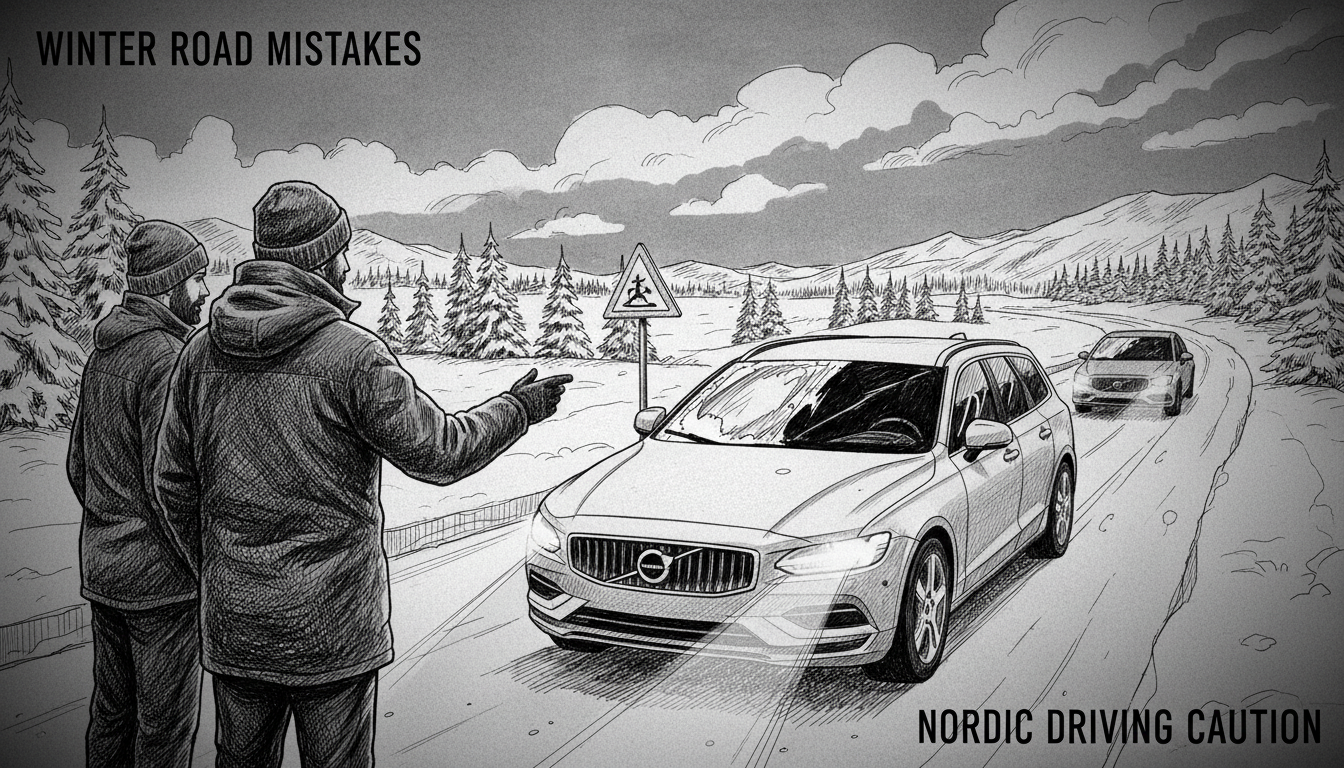Darkness, precipitation, and slippery roads define Sweden's autumn and winter driving conditions. Driving instructor Peter Lundberg from My Driving Academy observes several common mistakes motorists make during this challenging season.
Many drivers fail to properly clean their vehicles before driving. They skip scraping windows, ignore fogged glass, and leave snow piled on roofs. This snow can later fly off at highway speeds, creating hazards.
Some drivers overuse high beams, particularly on roads between cities like Alingsås and Gothenburg. While well-lit urban areas pose less problem, suburban and rural roads see frequent high beam misuse.
Lundberg notes experience remains crucial for safe winter driving. New drivers don't possess special advantages over seasoned motorists. The more you drive, the better you become at handling challenging conditions.
Modern distractions compound winter driving risks. Drivers frequently handle phones, eat breakfast, shave, or apply makeup while driving. Any momentary stop triggers immediate multitasking that diverts attention from the road.
Breaking bad habits proves difficult. Lundberg estimates about 20 repetitions are needed to establish new behaviors without constant reminders.
One surprising observation involves driver hypocrisy regarding reflective gear. While drivers often complain about cyclists and pedestrians lacking reflectors, nine out of ten drivers themselves wear no reflectors when exiting their vehicles.
The most dangerous common mistake involves following distances. Many drivers follow too closely, believing proximity improves safety. In winter conditions, extended distances beyond the standard three-second rule become necessary.
Reaction times lengthen in darkness. Normal one-second reaction times extend to two seconds as eyes adjust to reduced light. This slower response requires greater caution.
Key winter driving tips include:
Clean your vehicle completely before driving. Remove snow from all surfaces including roofs.
Focus solely on driving. Avoid phones, grooming, or eating while operating a vehicle.
Increase following distances. The three-second rule might need extension in winter conditions.
Wear reflectors even as a driver. You'll become a pedestrian when exiting your vehicle.
Make eye contact with cyclists. Ensure mutual awareness to prevent accidents.
Lundberg summarizes the approach simply: Keep your distance, avoid road rage, and maintain a clean vehicle.
For cyclists, he emphasizes eye contact over assumed rights. Wearing plastic helmets while entering traffic without ensuring drivers have seen you creates unnecessary risk.
Both drivers and cyclists share responsibility for road safety. Rather than debating who was right after an accident, focus on preventing situations where such discussions become necessary.
Winter driving demands extra vigilance as conditions deteriorate. Proper preparation and attentive driving habits become essential for navigating Scandinavia's challenging seasonal roads safely.
